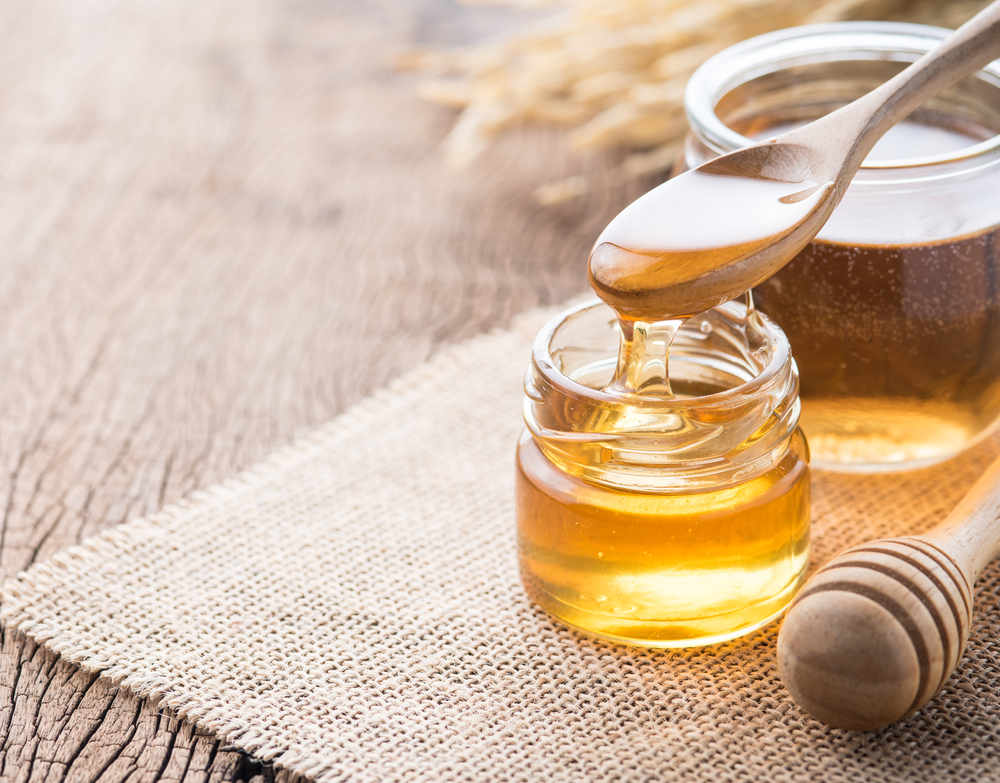Honey and bees have been around for millennium and are found in many different cultures. One notable instance of the keeping of bees and harvesting honey in history lies in Northern Europe.

Not only was honey a food staple, used in cooking, for sweetening, and just plain eating, it was also used to help preserve fruits and in the making of what might now be called an energy bar – grains, dried fruits and meat, bound together with honey and allowed to dry into bars or chunks. These were easy to carry when laboring in the fields or journeying.
Honey was used to soothe sore throats and to seal small wounds. Not only did it seal air away from a wound, keeping bacterial exposure to a minimum, the natural preservative effect in raw honey would help cuts and abrasions to heal.
Mead was originally made by the freezing method. Honey, water, and spices were sealed into a container and left out in the snow. Every few days, the mixture was checked. The ice formed at the top of the fluid was removed, leaving a more and more dense fluid which fermented as it sat. The final product varied in consistency, but was usually a heavy liquor, sweet and intoxicating.
Small pots of honey have been found at burial sites, included as food for the deceased as they passed into the next life.







